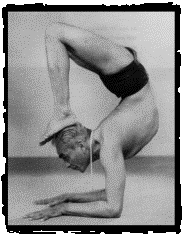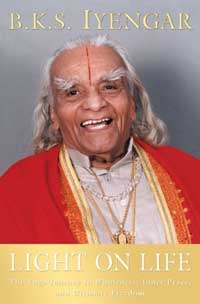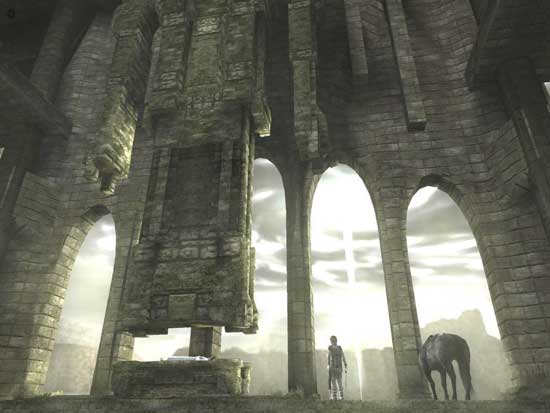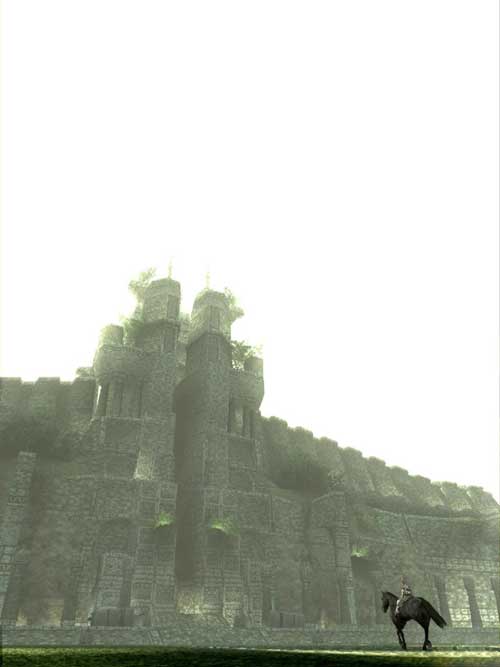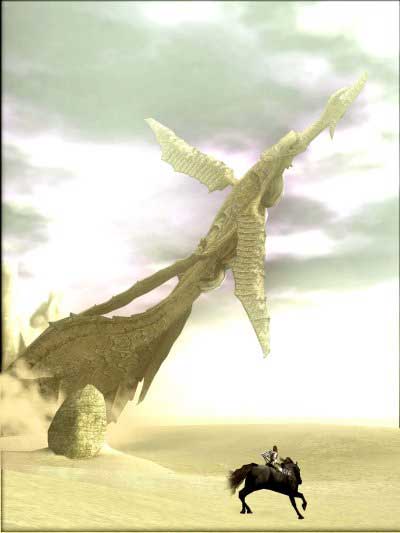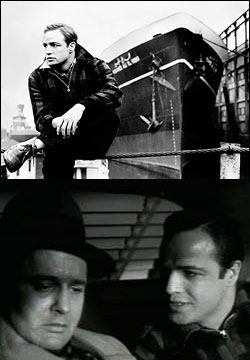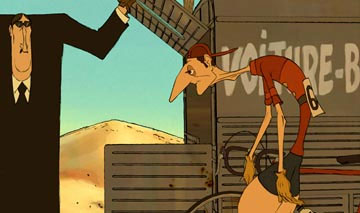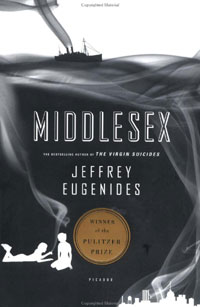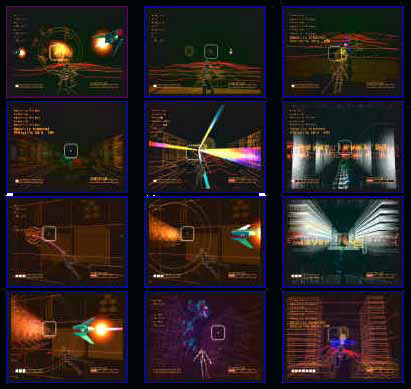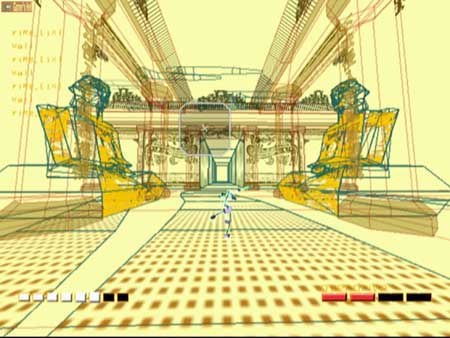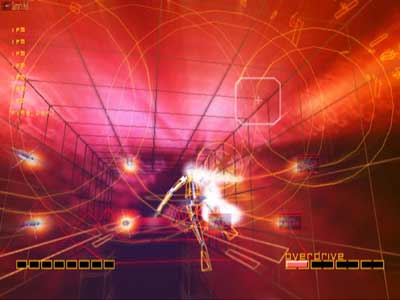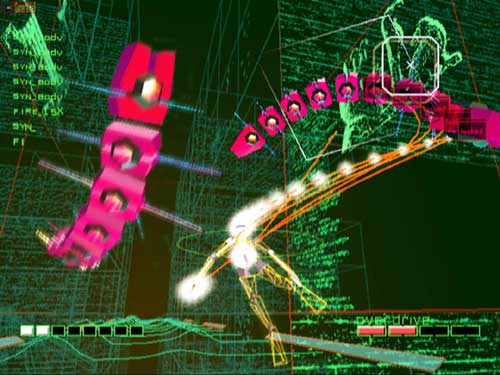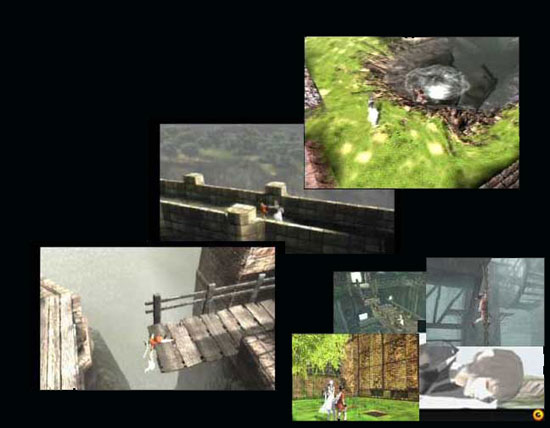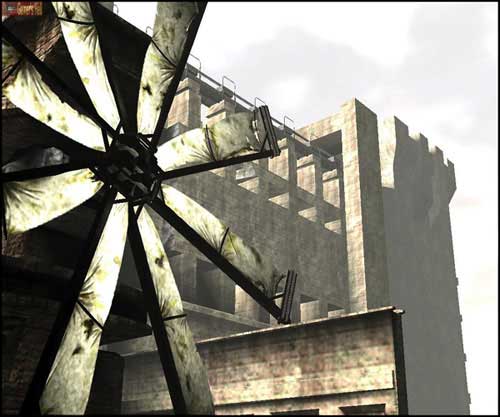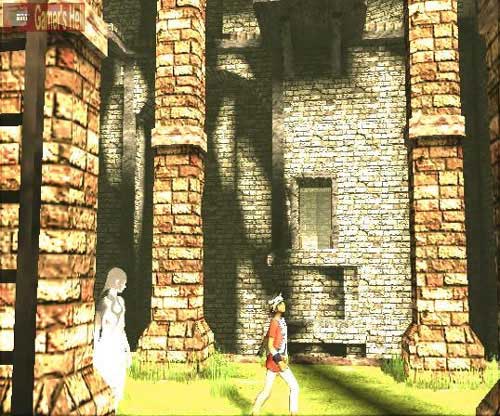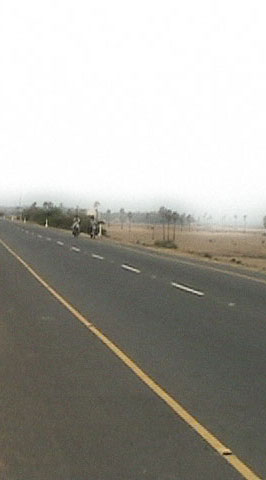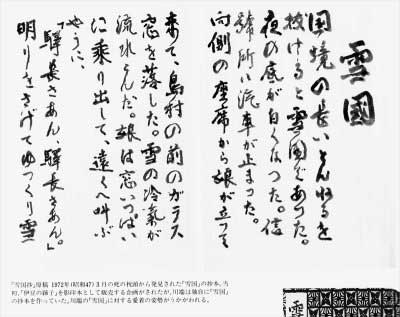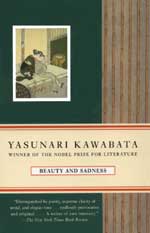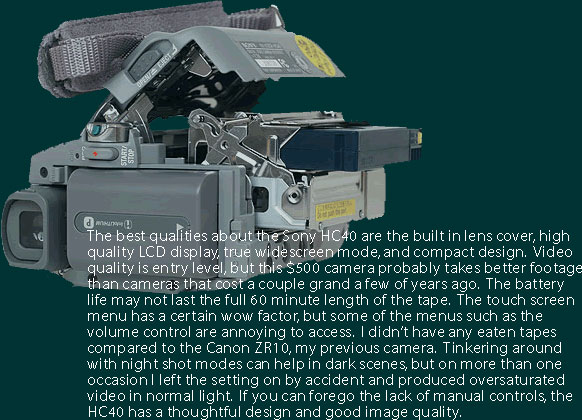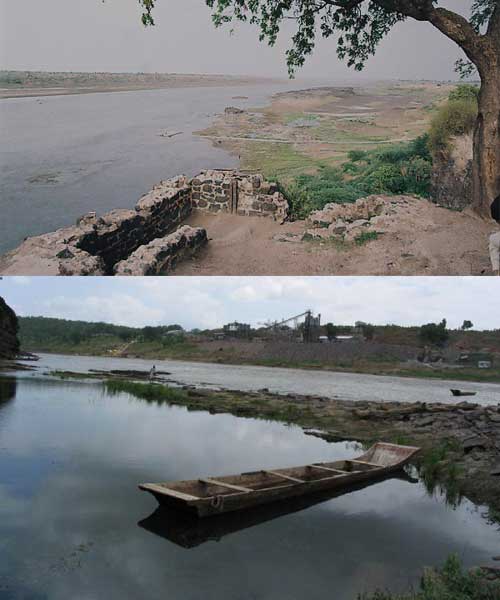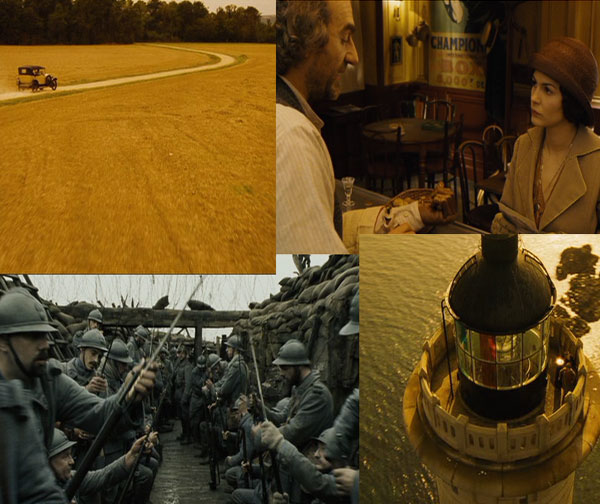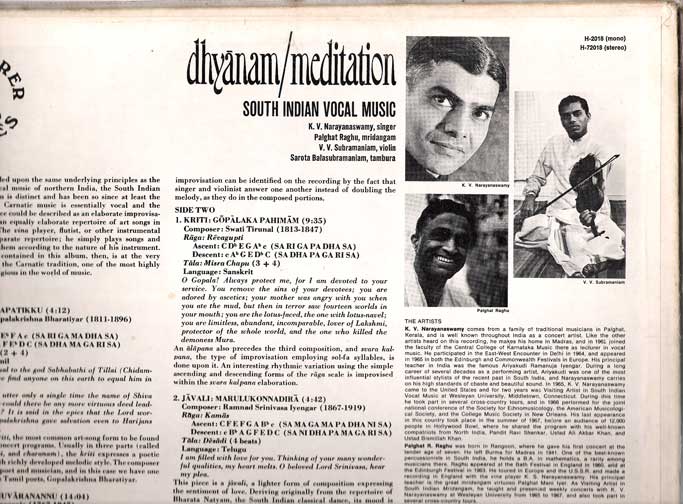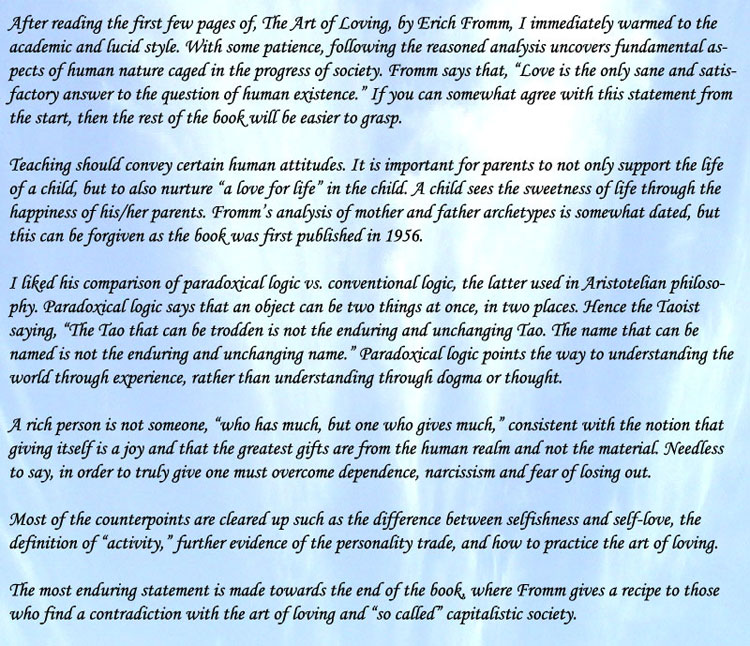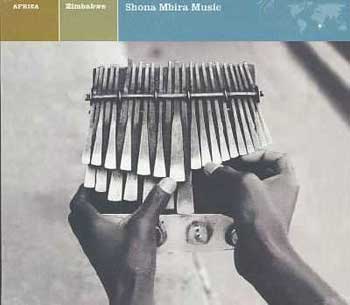 |
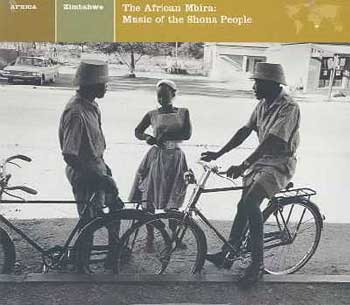 |
I discovered the Nonesuch label after listening to Dhyanam and found an excellent collection of world music, most of it tastefully recorded on vintage LP’s and then remastered to CD. Many people were raving about the mbira music recordings by Nonesuch. Between Africa Mbira Music and Shona Mbira Music, I would recommend the former as it has superb vocals and even tempered songs, whereas the latter seems a little less lively -- although I will have to listen to them more to get a final feel. I really like this music from Zimbabwe; the healing joyful rhythm will lift you out of any mood and bring you back to the earth. The songs are about universal experiences that we all cherish and share, communal emotions and strivings, lamentations and wishes, performed live without any memorized text. |
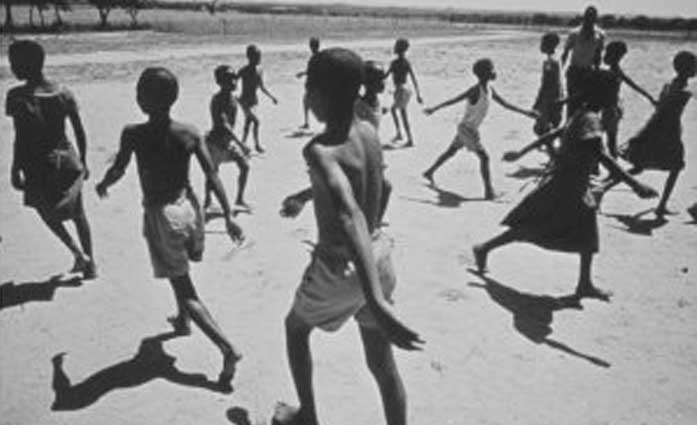 |
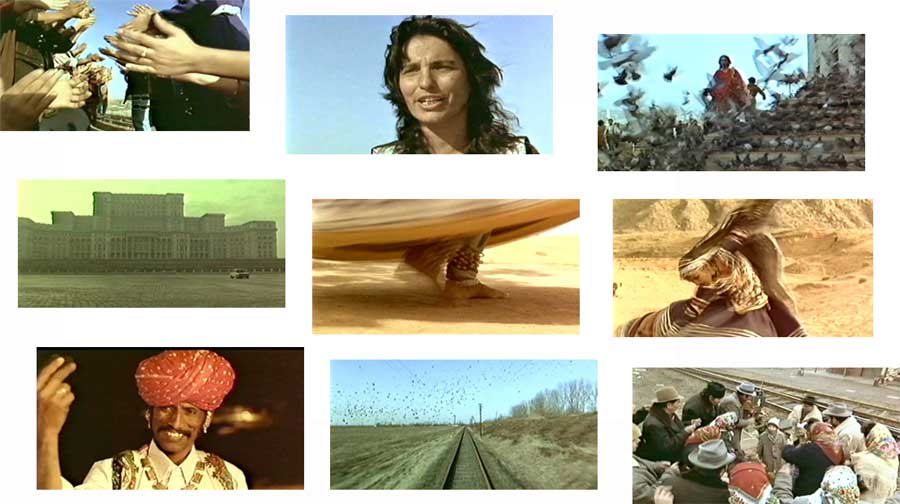 |
Latcho Drom, Film 1994 A great deal of the legacy of the Roma stems from music and dance. The Roma, more widely called as gypsies, are said to have left India more than a thousand years ago and wandered into Europe and other neighboring areas . . . Feast your eyes on the dances of Rajasthan, colored and colorless, with dresses and turbans standing out against the desert landscape. It’s hard to forget the dance of a young girl, while she twists in circles and floats her skirt creating a parasol, or the singer who appears to be challenging members in the audience. Singing accompanies daily work and provides release in the night. Music is instinctually created when friends leave and are reunited. In one scene, a sad woman sits at a train situation in what seems like Eastern Europe. She is cheered up by seeing a group of performers eagerly playing music before the arrival of someone on the train. Who would not be intrigued by the suit and hat wearing man and the mysterious boy, both eating baguettes of white bread and staring at the marvelous parliement building in Bucharest, while old Dacias drive through the courtyard? The last movement is perhaps the most desolate as it takes place outside an undisclosed European town. The town is just a flat nest of white blocs and lanes. All the doors and windows have been boarded up or sealed with brick walls. The musician sits on the outskirts of this motionless cityscape, where only stray dogs roam and bits of junk lay strewn about. She sings a wrenching tune about how she admires the respect that people give to their dog, since she is not even given this respect. Latcho Drom sets this varied music against lyrical scenes of winter forests, villages, horse riding, trains, cities and countryside. The effect is hypnotism. The joy of singing, dancing or playing an instrument is the balm for sorrow and the thread that links the history and pride of the ROM. Thanks to Vasanti for informing me about this film. |
 |
How to describe the cathedral like architecture of notes in the The Art of Fugue? Bach’s so called final composition before his death, the last fugue is unfinished. A jigsaw puzzle with the final piece missing, each fugue fits perfectly into the grand movement, a rotation of clockwork and counterpoint, alive and complete alone yet precisely building a whole, like supporting levels of a towering spire. It reminds me of one those Chinese dolls where each smaller doll gives the impression and shape of the larger one before it, but is somehow distinct in itself. The greatest triumph of The Art of Fugue is that it bears repeated listening while discovering new and varied fabrics of sounds depending on atmosphere and mood. One must be studious to sit through the entire recording, yet it can also be listened in small bursts. What I liked about this piece is that it does not exploit the emotions like most of popular music. It drives at something deeper in the soul such as the mathematical synthesis of human organs, our conceptions of universe and memory. |
 |
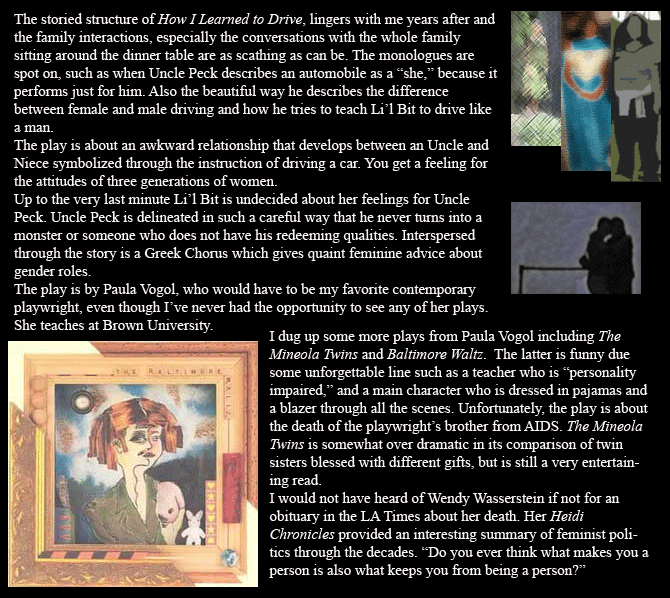
An autobiography written by B.K.S. Iyengar would have been interesting, but instead Light on Life delves into the Yogic concepts of yamas and niyamas, the five kosas, pranayama, asana and the importance of ethics and forthright living. As a textbook, Light on Life gives a good introduction and comprehensive guide to Yoga from a time tested master. A welcome humility and honesty accompanies the anecdotes and explanations, Iyengar even calls himself a “fanatic.” A Yogi embraces and lives in the external world and does not renounce it. Iyengar continually emphasizes the interconnectedness of the many petals of Yoga. He gives crystalline answers to the questions which may arise at each step along the spiritual path, “the lowest being our ability to tie our own shoelaces when we are eighty and the highest being the opportunity to taste the essence of life itself.” If he has left any lasting reminder, it is that Hatha Yoga is not just a physical practice but can lead a dedicated practitioner to integration of mind, body and soul. His emphasis on practice, sadhana and tapas, gives hope for anyone starting at any stage to reap the benefits of Yoga with patience and perseverance. He uses humorous examples like the temptation of a tub of vanilla ice cream to illustrate how the mind, ego and intelligence operate. “Drink contaminated water on Monday, sick on Tuesday, dead on Wednesday,” is the way he describes previous epidemics of cholera and typhoid. Some of his anecdotes are quaint such as, “It is normal for women students to set their teachers on a pedestal in any subject, but by that time I was a bit more worldly-wise and developed a forbidding manner to keep them at arm’s length. My flashing eyebrows and fierce glare came to my rescue. “ However, this uplifting book gives practical guidelines and direction on how to change our habits and cultivate wisdom. For example, Iyengar says that doing Setu Bandha Sarvangasana can alleviate depression. “When there is softness in body and lightness in mind, the asana is correct.” There are hundreds of examples of sensible and enlightening instruction. “Meditation can only be achieved when all other physical and mental weaknesses have largely been eliminated. Mediation is not just sitting quietly.” |
|
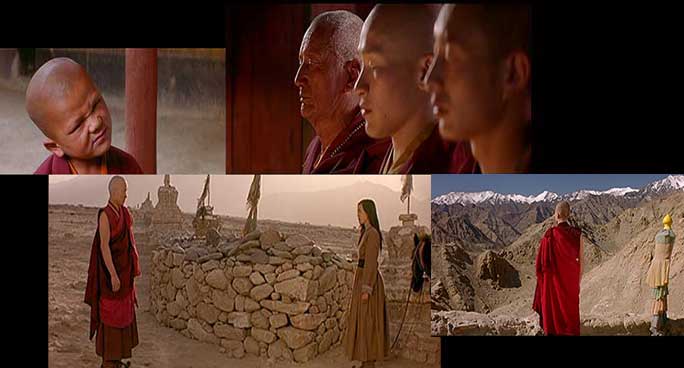 |
Samsara, Film 2001 Samsara reminded me of the films Siddhartha and Spring, Summer, Autumn, Winter . . . and Spring. All three are Buddhist tales about the ephemeral and cyclic nature of life. I had heard about Samsara in Dharamsala, but only found the DVD at the excellent Welcome Guest House in Rishikesh. Samsara is shot in Ladakh and having been to many of the areas depicted in the movie, the experience was both nostalgic and awe inspiring. Ladakh has a mixture of Indian and Tibetan influence. The people are hardy and cheerful with Buddhist monks and monasteries sprinkled liberally through the towns and countryside. Tashi is a monk in the film, who after three years of lonely mediation feels the pull of sex and a family life. He meets the beautiful and strong headed Pema and they are instantly attracted to each other. The moral bent in the plot line becomes obvious by the quick transitions between Tashi’s marriage and fatherhood, never focusing on a particular point in his passions. Pema is like a dream who has the possibility of materializing only if pursued. Tashi believes he imagined his first meeting with Pema. But it is only after he continues to think about her, that his teacher reveals to him that his brief encounter with Pema actually happened. A meeting with another old teacher in a desolate hillside was quite chilling. Pictures of couples in passionate embraces and sexual positions are revealed by a change of lighting to be only the bodies of skeletons and diseased souls. Although Tashi is probably moved by these photos, it does little to extinguish his desire for Pema. So it comes down to the questions, written on the rocks that litter the magnificent and eternal paths and roads of the Himalayas. “How can one keep a drop of water from drying up?” The answer to this question is abruptly revealed towards the end of the movie. And when Tashi’s old teacher dies, he sends Tashi’s best friend with a letter that only asks one question. “What is better, to satisfy a thousand desires or to conquer just one?” The specialty of Samsara is the masterfully shot scenes of Ladakh and the impressive snow capped peaks and monasteries. The scenes of the monks early on are much more interesting than the scenes of Tashi’s life as a farmer in the countryside. Seeing Tashi appear in Leh, was a sublime moment for me. He could have been one of the many monks I had seen in that rapidly changing city, somewhat bewildered, somewhat out of place, and quick to be seduced by the march of consumerism and showmanship. |
|
Designed by the same team who made Ico over four years before, Shadow of Colossus is more than a game created for sheer entertainment or challenge. Shadow of Colossus puts us in a world of fable and myth, full of the best notions of adventure, mystery, romance and history from the story books of old. Though not quite as memorable as Ico, where the interaction between the two characters provided much of the enjoyment, Shadow features only a hero and his horse. The flat open fields with canyons and mountains in the distance reminded me a bit of the Calm Lands in Final Fantasy X, and generally the graphics are at least on that level, which is to say, fairly good. They are not quite as detailed or busy as next generation titles, but rather through elegance and minimalism create a consistent mood of a forsaken land with bits of beauty, forestry and mysterious relics strewn about. The horse riding is nice, but for some reason it wasn’t as engaging as the horse from Ocarina of Time. After completing the game, I spent some time wandering around the world and explored several places that I had never seen before through the course of the normal adventure. “A hero journeys to the end of the world to save the love of his life.” It is a story that is as simple and trite as can be, yet like any visual media, you use your imagination to flesh out who the characters ought to be. The game is basically about conjuring a mystical and vast landscape with a nameless hero, who fights mercilessly to defeat 16 colossi, the result of which may bring his loved one back to life. A melancholy beauty permeates the lands and during the epic battles, the colossi move with a human-like and majestic gait. The colossi come in varying shapes and sizes, flying, walking, delving through the earth or swimming. Battling these huge beasts is complicated, as there are numerous things to keep in check, such as the grip meter, the natural terrain and the efforts of the colossi to shake you off. Most of the colossi are so huge that you have to climb on top of them and find their weak spot; otherwise they are invincible from conventional attacks. There is nothing else to do in the game other than fight the 16 colossi or wander around the mostly empty and sun drenched landscapes; no coins to collect, leveling up, drones to destroy, or silly characters to provide a diversion. The streamlined design does lead to a relatively short game, but I am of the opinion that games should be of a shorter length and cheaper. Developers can cram their best ideas into a smaller package rather than padding the field with pointless chores and repetitive structure. Shadow of Colossus and its forbearer Ico could quite possible teach us how to care, how to appreciate design and architecture, how to enjoy the journey without judging the result, and finally, how to appreciate a good story presented in a modern form. |
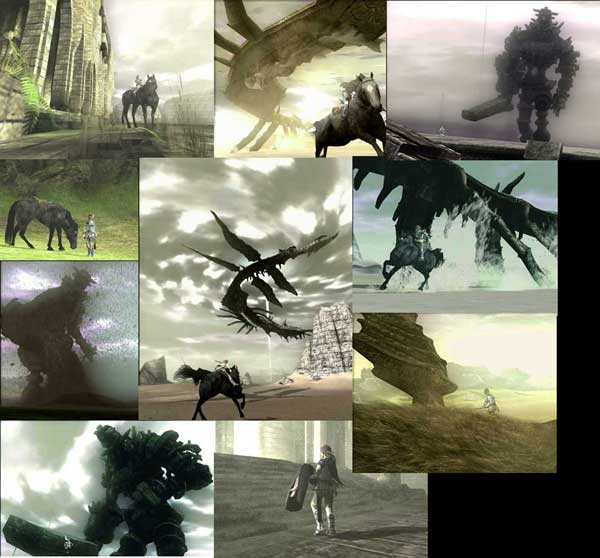
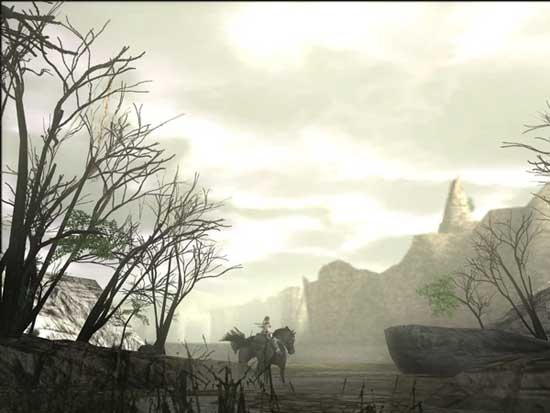
Seamlessly unraveling on multiple levels, On the Waterfront has the period splendor of New York harbor culture, strong performances and a tightly woven suspense story. There are many memorable scenes including the famous “I could have been a contenda” speech and a powerful portrayal of a worker strike. On the Waterfront seems to have a frank message in the uplifting power of friendship, belief in the common man and conscience. Religious sentiments are echoed by a preacher in the film who seeks to stir up dock workers to testify against a murderous mob leader. Marlon Brando stars in the lead role as “Terry,” a dock worker with mob ties, who begins to realize that there is more to his work and friendships than simply taking orders and keeping his mouth shut. His performance here goes deeper than in A Streetcar Named Desire. A gradual awakening to the choice he must make, along with the tender way he handles the other characters was really unexpected compared to the rugged machismo of his other roles. The symbolism with the doves and the hawks was not lost on me. The colloquial exchanges and careful depictions of day to day heroism still enlighten the social conditions over fifty years ago. |
|
|
After reading a review of this animated film in the New York Times, I was fortunate to finally see the Triplets of Belleville. The drawing here is over the top, bizarre, funny and achingly real, to put it mildly. Everything from the story, design, direction and characters is original, and the only thing I didn't like was the title song. Unforgettable short scenes and episodes are really what stand out like the grandmother who communicates through a whistle, a depiction of disproportional Tour de France bicyclists, obese idiocized America and a caricature of a dog with bloodshot eyes who manages to save the day. The story follows one Champion, a Tour de France rider. He is raised by his grandmother, herself something of a cyclist. Due to unforeseen circumstances Champion goes missing on the day of the race which leads his grandmother and their dog on a whirlwind chase across the Atlantic Ocean to find him. I found this film so weird and fresh that it was hard to digest in one sitting. Also I really like the fact that the animation doesn't come from America or Japan which might explain why it looks like nothing you have ever seen before. |
The Virgin Suicides, based on a book by the same author, was a mysterious and pause inducing film. But the initial first hundred pages of Middlesex were boring and full of backstory. The story only hits its stride when Calliope, the main character, begins to tell of his own childhood and the meaning of the previous episodes and focus of the book fall into place. Middlesex covers the epic transcontinental journey of a real hermaphrodite, as he discovers the quixotic nature of his Greek family origins and his role in a world that sees everything regarding sex in black or white, male or female. Initially raised as a girl and after going through many awkward stages in high school America, Calliope faces an even greater challenge of trying not to conform to the modes of either sex. This book has an inventive sense of family humor that is more delicate than in your face, which gives it more warmth and humanity than The Corrections, another big book of family drama. The automobile industry controls the rise and fall of fortunes in depression era and post war Detroit. |
|
